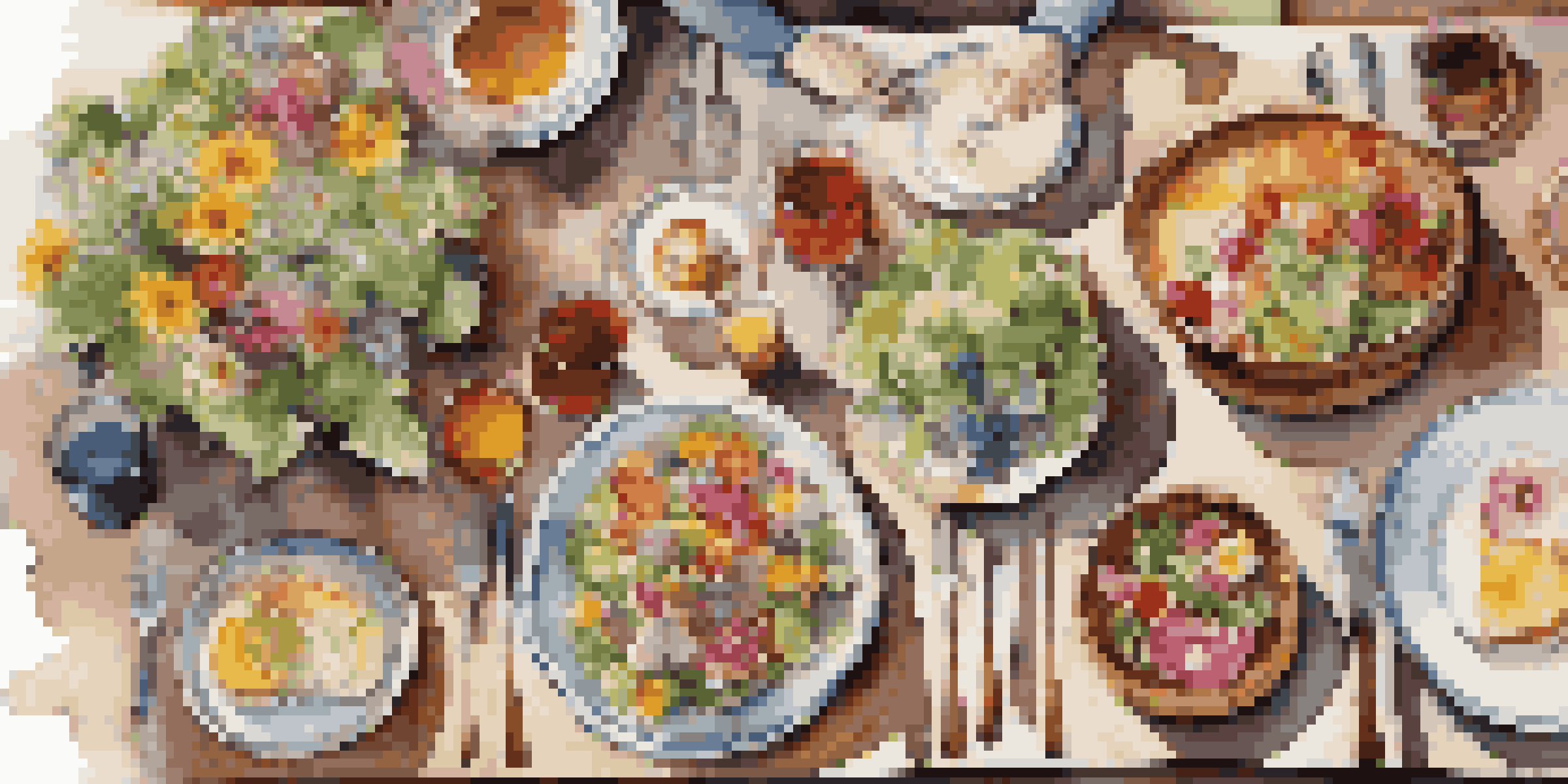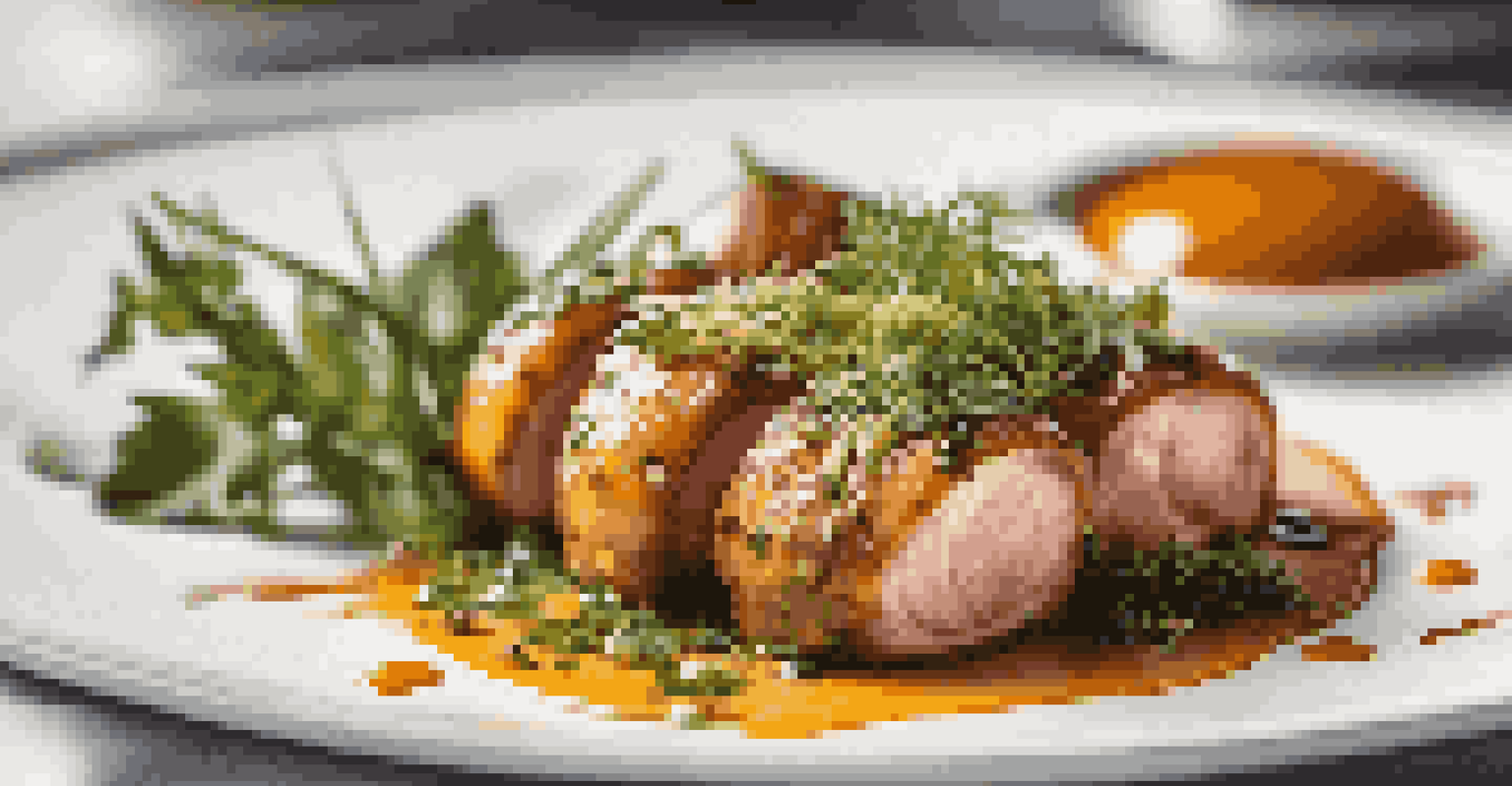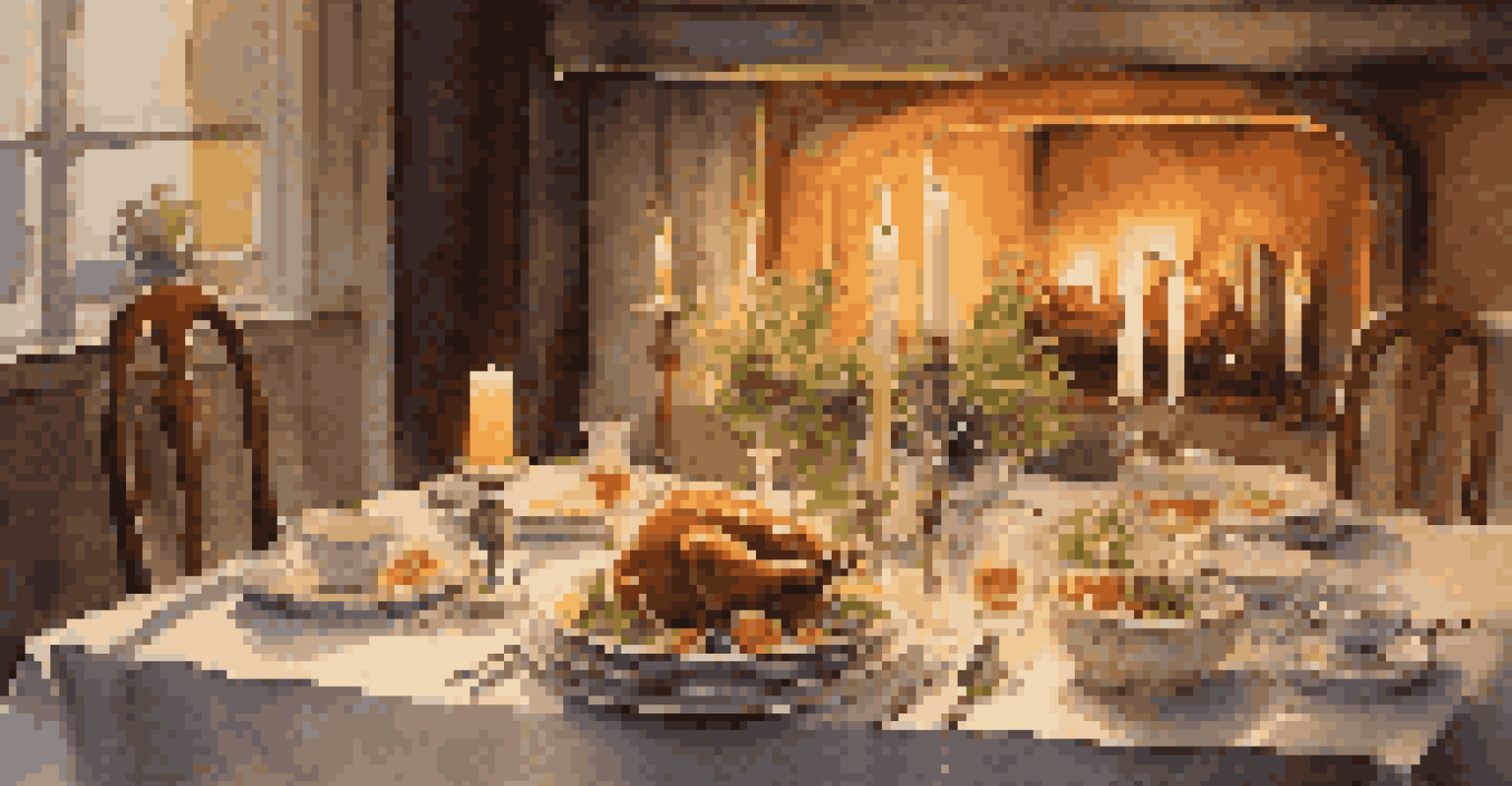Using Luxury Photography Gear for Food Photography

The Importance of Quality Gear in Food Photography
When it comes to food photography, the quality of your gear can make a significant difference. High-end cameras and lenses capture intricate details that low-end equipment often misses. This clarity not only highlights the textures and colors of food but also elevates your overall composition.
Photography is the story I fail to put into words.
Luxury photography gear allows for greater versatility in shooting conditions. For instance, a high-quality lens can perform exceptionally well in low light, making it easier to capture that perfect candlelit dinner shot. This adaptability can transform your food styling and photography experience.
Beyond just image quality, using premium gear can enhance your creative process. With features like faster autofocus and better exposure control, you can focus more on composition and artistry rather than technical difficulties. This means that you can truly express your culinary vision with every click.
Choosing the Right Camera for Food Photography
Selecting the right camera is the first step in achieving stunning food photography. Full-frame DSLR or mirrorless cameras are popular choices among professionals due to their superior image quality and low-light performance. These cameras provide a larger sensor that captures more light, which is crucial for vibrant food photos.

Another factor to consider is the camera's ability to shoot in RAW format. This feature gives you greater flexibility in post-processing, allowing you to adjust colors and details without losing quality. With a RAW image, you can fine-tune the brightness and contrast to make your food photos pop.
Quality Gear Elevates Food Photos
Using high-end cameras and lenses enhances image clarity and creativity in food photography.
Don’t forget about the lens! A macro lens is perfect for close-up shots, capturing the fine details of your dishes. Alternatively, a fast prime lens can create beautiful bokeh, helping your food stand out against a softly blurred background.
The Role of Lenses in Capturing Food's Essence
Lenses are the unsung heroes of food photography, dictating how your images will look. Using a lens with a wide aperture allows for a shallow depth of field, which can beautifully isolate your dish from the background. This technique makes the food the star of the show, drawing the viewer's eye right where you want it.
You don’t take a photograph, you make it.
Different types of lenses can serve different purposes in food photography. A wide-angle lens is great for capturing the entire table setting, while a macro lens excels at highlighting the intricate details of a dessert. Choosing the right lens can drastically alter the storytelling aspect of your images.
It's also worth experimenting with different focal lengths. For instance, a 50mm lens can give a natural perspective, while an 85mm lens adds a more intimate feel, which can be perfect for plated dishes. Understanding how each lens affects your composition is key to elevating your food photography.
Lighting Techniques for Luxurious Food Photography
Lighting is a crucial element in food photography, and high-end gear often comes with advanced lighting options. Natural light is typically favored, as it creates a soft and inviting ambiance. Positioning your setup near a window can bring out the richness of colors in your food, making it more appetizing.
If natural light isn’t available, consider investing in professional lighting equipment. Softboxes or LED panels can simulate natural light, providing an even and flattering illumination. This setup helps reduce harsh shadows that can distract from the beauty of the food.
Lighting is Key to Food Photography
Proper lighting techniques, whether natural or artificial, are crucial for showcasing the richness of food.
Moreover, using reflectors can enhance your lighting setup. They bounce light back onto your subject, filling in shadows and adding depth. This technique is especially useful for highlighting textures and details, ensuring your food looks as delicious as it tastes.
Styling Your Food for Maximum Impact
In food photography, styling is just as important as the gear you use. A beautifully arranged plate not only looks appealing but also tells a story about the dish. Using garnishes, varied textures, and colors can create a visual feast that captures interest right away.
Consider the background and props you choose. Luxury photography gear can help you capture the smallest details, so select plates and utensils that complement your food's aesthetic. A rustic wooden tablecloth or elegant glassware can elevate your photos, adding layers to your composition.
Don't hesitate to experiment with different angles and arrangements. Overhead shots work well for flat lay presentations, while side angles can highlight the height and layers of a dish. Finding the right styling approach can transform a simple meal into an evocative culinary experience.
Post-Processing Tips for Enhancing Food Photos
Post-processing is the final step in perfecting your food photography. Utilizing software like Adobe Lightroom or Photoshop can help enhance colors, adjust exposure, and sharpen details. This is where you can bring out the vibrancy of your dish, making it look even more appetizing.
Be mindful, however, not to over-edit. The goal is to enhance the natural beauty of the food, not to create an unrealistic representation. Subtle adjustments often yield the best results, keeping the integrity of the dish intact while still making it visually appealing.
Styling Enhances Culinary Storytelling
Thoughtful food styling and composition are essential for creating visually appealing and impactful images.
Additionally, consider creating presets for your editing workflow. This not only saves time but also helps maintain a consistent look across your food photography portfolio. A cohesive style can make your work more recognizable and appealing to your audience.
Building a Portfolio with Luxury Food Photography
Creating a stunning portfolio is essential for showcasing your food photography skills. Start by curating your best work, focusing on images that highlight your unique style and expertise. A portfolio filled with high-quality images encourages potential clients to take you seriously.
Incorporate a variety of shots, from close-ups to wide-angle compositions. This diversity demonstrates your versatility and ability to capture food in different contexts. Including some behind-the-scenes shots can also provide insights into your creative process, making your portfolio more relatable.

Lastly, consider sharing your work on social media platforms like Instagram or Pinterest. These platforms are visual-centric and allow you to reach a broader audience. Engaging with your followers and fellow photographers can help you build a community around your passion for food photography.